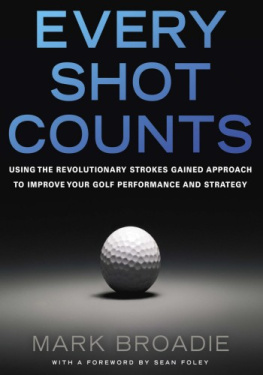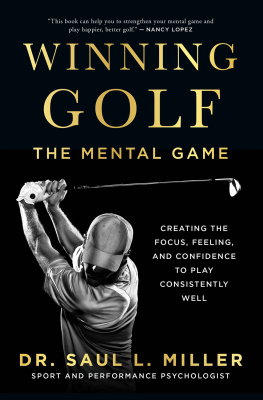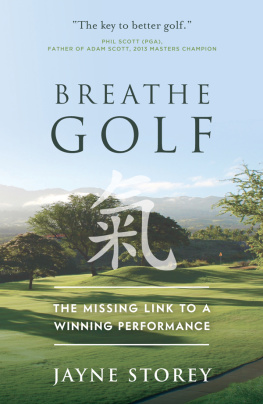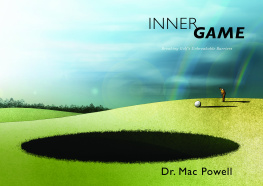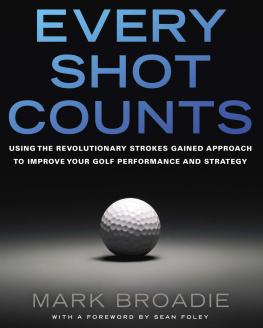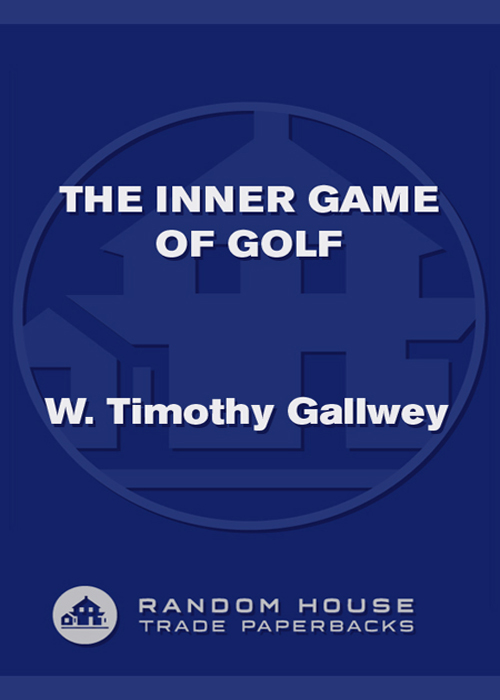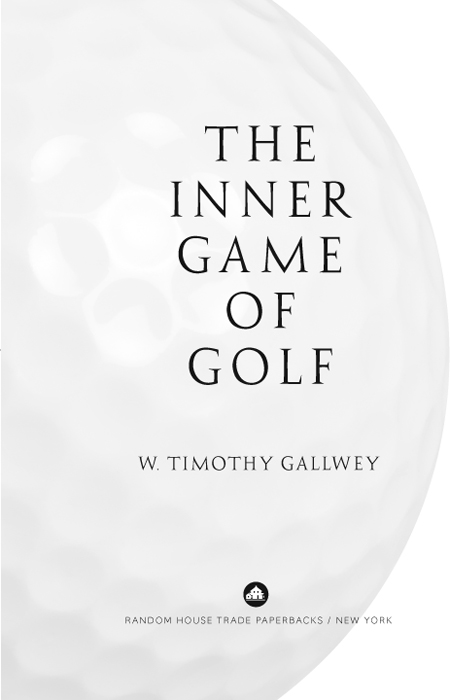A LSO BY W . T IMOTHY G ALLWEY
To be a student takes a lot of trust, but not in the teacher.
To be a student takes a lot of trust in you.
FOREWORD
LOOKING BACK
T HROUGHOUT THE AGES THERE HAVE ALWAYS BEEN TWO STREAMS OF advice for people who wanted to improve a skill. I call one the river of formulas and the other the river of feel. One current flows toward mastery in the outer world, the other toward mastery in the inner.
The river of formulas produces a formidable flow of technical instructions arising from the detailed analysis of any skill. This approach has dominated Western thought since the broad acceptance of Sir Isaac Newtons mechanistic view of the universe. In establishing the laws that govern the movement of physical objects, the Newtonian mind attempted to subject all physical movements, large and small, to the understanding of cause and effect. The resulting picture of the universe was like a huge mechanical clock whose little gears drive larger gears, which in turn drive the movements of the hands. This understanding gave its practitioners a new ability to predict and even control a particular class of physical phenomena that in turn led to the development of countless technologies in countless fields.
The game of golf, and specifically the mechanics of the golf swing, has been a favorite subject of inquiry for the Newtonian mind. The result has been not only the most intensive analysis of the components and sequences involved in this motion but, from this, a steady generation of technical instructions swelling into the thousands. In spite of the inevitable frustration of trying to understand, assimilate, and apply so many instructions, there has been an unending appetite for and belief in this kind of knowledge. This appetite stems from the same quest that fueled the technological Newtonian revolution: the desire to know and control.
It has always been somewhat disturbing to the Newtonians that human behavior, emotions, and aspirations could not be so easily known or controlled as the physical universe. Some have claimed that human behavior is, in fact, totally subject to cause and effect but that the variables are just too complicated to understand and manipulate fully. Human behavior presents two big problems for Newtonian scientists, whose methods of verification depend on shared observation and exacting rules of description. The first problem with studying human beings is that the gears and levers that turn the human clock are opaque, as they are confined within the body. You cant exactly cut open the living body to observe its workings. The best you can do is observe external behavior and try to make educated inferences as to the workings of the internal gears. The second problem with understanding human behavior in terms of cause and effect is that mysterious human potential called free choice. The ideas of freedom and cause and effect seem to be mutually exclusive when applied to the same subject. So the inner human reality has been characterized as subjective and the outer reality objective. In short, the methods of objective science simply did not lend themselves easily to the exploration of subjective realities.
But well before Newtonsince the days of Socrates, in fact men of wisdom have advised the human being to know thyself. They claimed with authority and sincerity that this was, in fact, possible and spoke of a direct way of knowing inner reality They were not scientific in the modern sense of the word but relied on faculties of knowing called by such names as intuition, insight, and self-awareness. The purpose was not so much to know the outer world as to understand the dynamics of the one living in the worldto know the subject as distinct from the surrounding objective environment.
The second river of advice has been about mastering the human dimension of existencethe domain of thinking and feeling. Some call it the mental side of the game. I prefer simply to call it the inner game. In this inner domain, much of what is important to understand, such as thought and feeling, cannot be directly observed by more than one person at a time. Though the results of thought, expressed in language, can be observed and analyzed, thought itself occurs too fast to be clearly observed. Few scientists or philosophers have claimed to understand the thinking process itself. As for feeling, it can be observed subjectively by each individual but can only be vaguely expressed in the outer world through word and gesture. In short, the individual can feel and feel richly, but can express, share, and compare what is felt in the inner world only partiallyat best. Those who say that the human side of any activity including golf, is important are often confined to speaking in metaphors and analogies. These are not exact and can only hint at the secrets of the game that is played from the inside out. This voice for playing the inner game has been strong and insistent for centuries, but hardly ever has it been the voice of the majority
So these two streams, formulas and feelings, have moved through history as two great rivers, one seeming to swell as the other ebbs, sometimes crossing each other but rarely joining. It is sometimes difficult to tell if these rivers are moving toward the same ocean. It is not difficult to determine that human beings, to be effective, need something of what each stream has to offer.
Both these streams have influenced the way golf skills have been learned and performed. A few of the great teachers and players have been able to weave the wisdom of each into an integrated whole. I hope that as a result of reading, thinking about, and applying what you learn from this revised edition, you will be better equipped to forge such an integration.
When I first wrote The Inner Game of Golf, I knew almost nothing about the mechanics of the golf swing. I had been challenged to see how much golf I could learn just by adapting the inner skills that I had developed while playing and coaching tennis. The master skill was that of relaxed concentration, which required an ability to pay close attention to the movements of ball and body and to make accurate observations of the results. It also involved the skill of trust in the bodys capacity to learn and execute complex behaviors without following a complex set of instructions.
It is highly unlikely that any beginner who gets interested in the game of golf will escape being thrown into the stream of technical formulas. He or she could drown in the waters that flow from golf magazines, books, teaching professionals, and knowledgeable friends. The high probability of hitting some good shots, followed by some relatively poor shots, renders us vulnerable to this torrent of explanations and remedies.
But when I saw the wide disparity between my best shots and my worst, the claims from experts that there are right and wrong ways to swing the club became too compelling to ignore. So I flirted with technical instruction and admit to being seduced by a few of the leading technical formulations. I put the greatest hope in the notion that if I gripped the club correctly, assumed the correct posture, and held a single swing thought in mind, I would attain the swing control I obviously lacked. The simple assumption behind the promise of golfing technique was that by following the correct mental formulas I could control my behavior and get the desired results.


